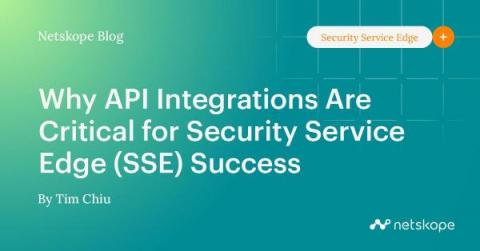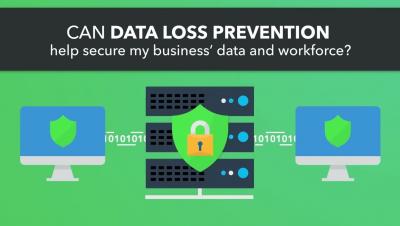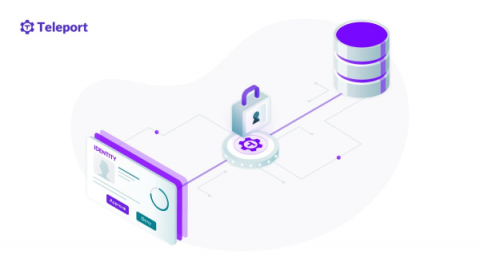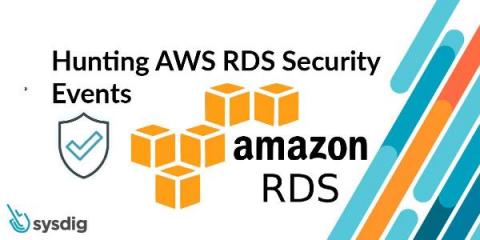Why API Integrations Are Critical for Security Service Edge (SSE) Success
Gartner’s introduction of the Security Service Edge (SSE) Magic Quadrant in February of 2022 has been an impetus for organizations to reassess their cloud access security broker (CASB) solutions. CASB is one of the three core components of SSE and the piece of the puzzle that handles cloud security for SaaS and IaaS applications.











